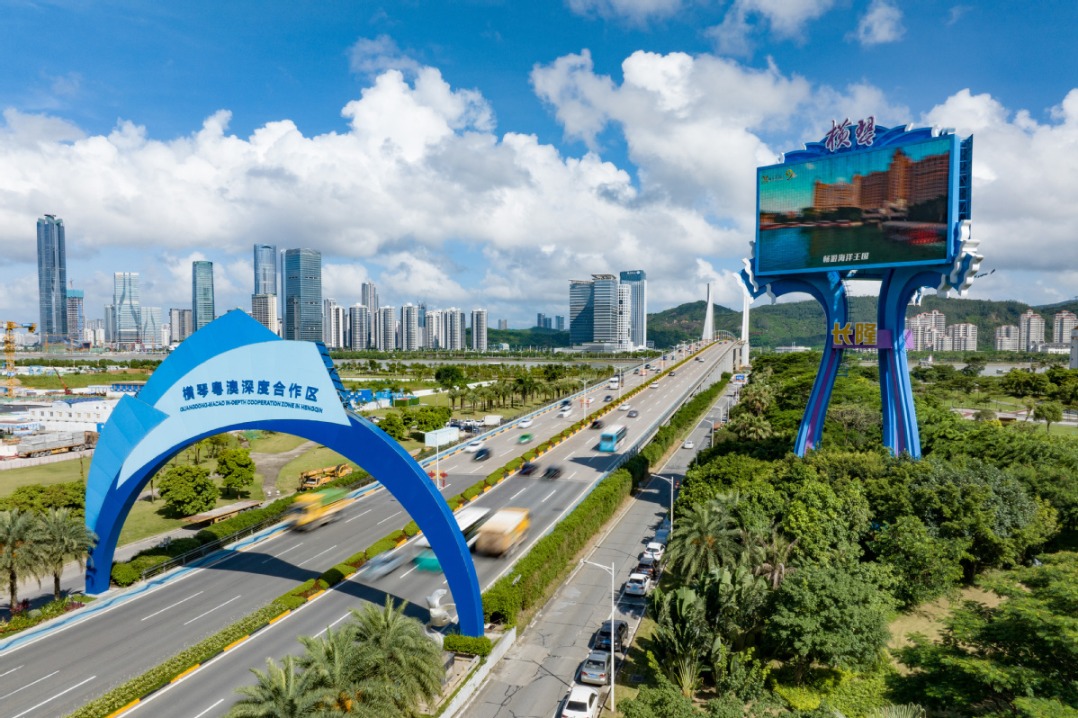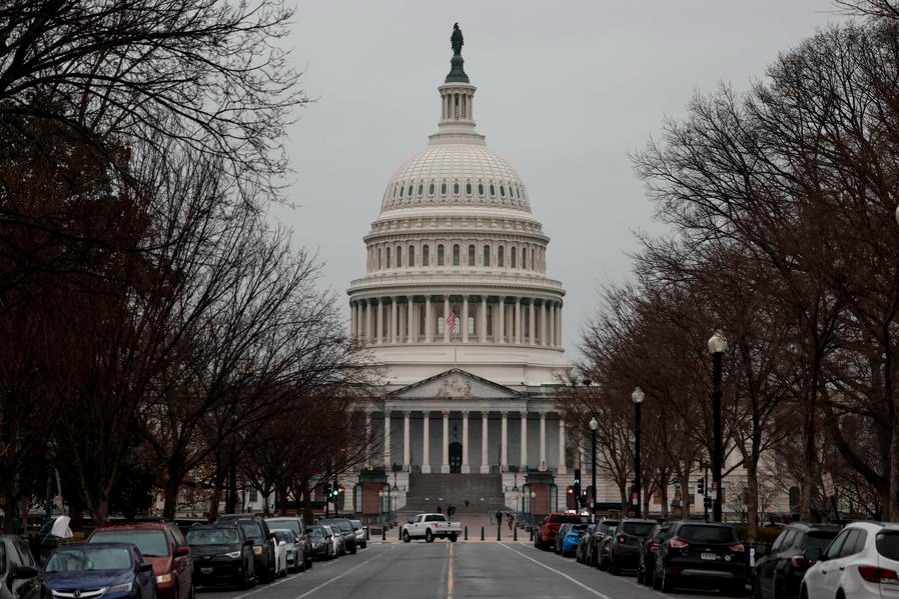Initiative gives boost to Pakistan economy


During his visits to Kazakhstan and Indonesia in 2013, President Xi Jinping proposed the Belt and Road Initiative, a revival of the land and maritime routes of the ancient Silk Road. The focus of the initial phase of the initiative was infrastructure, transportation and energy.
The economies, including Pakistan, involved in the Belt and Road Initiative today account for more than one-third of the global GDP. And the initiative has not only improved transnational infrastructure and trade connectivity, but also prompted China to invest more than $50 billion in the economies involved in the initiative, which has facilitated the establishment of 56 economic cooperation zones in more than 20 countries and created over 180,000 jobs and generated more than $1.1 billion in tax revenues.
China's financial cooperation with and assistance for the countries and organizations involved in the initiative have been of various kinds. For instance, just the loans provided by the Asian Infrastructure Investment Bank and investments made by the Silk Road Fund add up to more than $5.5 billion.
CPEC central to China's Silk Road
Pakistan is central to China's neighborhood plan to make the 21st century Silk Roads of infrastructure, free trade and financial integration a success, with the China-Pakistan Economic Corridor being one of the Belt and Road Initiative's six main elements. The first phase of the $62 billion CPEC investment saw an improvement in Pakistan's infrastructure in areas such as power and energy, as well as roads, railways and port development.
Its positive impact on Pakistan's economy can already be seen as the country achieved a 5.3 percent GDP growth rate in 2016-17, and it is expected to grow 5.8 percent in 2017-18. The 21 energy projects planned under the CPEC will double Pakistan's electricity generation capacity to 16,400 megawatts. More important, the CPEC has created 60,000 jobs in Pakistan since 2015, and is expected to create more than 800,000 new jobs in different sectors up to 2030. And this is just the beginning, as the actual windfall for Pakistan is about to emerge as trade takes shape under the Belt and Road Initiative.
Pakistan's economy has tremendous development potential, as the country sits at the crossroads of South Asia, Central Asia, China and the Middle East and thus can serve as a fulcrum of a regional market with a huge population, large and diverse resources, and untapped potential for trade. In fact, China-Pakistan trade exceeded $13 billion last year and has been on a growth trajectory since the inception of the Belt and Road Initiative with China becoming Pakistan's largest trading partner.
Trade is a vital catalyst for growth, too. The Belt and Road Initiative haled the total trade between China and the countries involved in the initiative to more than $3 trillion between 2014 and 2016, and it is estimated that it will generate incremental trade of $2.5 trillion over the next 10 years. Some of that trade volume will pass through the proposed CPEC.
The ability to meet the challenges of international trade head-on and with great success will largely depend on Pakistan's banking and financial sector's ability to adjust to the new trade environment.
With the existing and potential trade volumes between China and Pakistan on the rise, the internationalization of the renminbi is one of the keys to cost-efficient growth for both countries. The renminbi is the world's fifth-most used payment currency, and the US dollar and the renminbi is the sixth-most traded currency pairing, whose volume increased by $82 billion in three years. Central banks have already started building renminbi reserves, with the Chinese currency accounting for 1.23 percent of the global currency reserves and growing. Besides, the renminbi was included in the International Monetary Fund's Special Drawing Rights basket in 2016 with about 11 percent weight.
And as traders become more aware of the benefits of transacting in the renminbi and more offshore renminbi centers emerge, the demand for and growth of renminbi transactions and investments are steadily increasing. The growth in renminbi settlement is driven by corporations that are becoming increasingly aware of its benefits, including expanding buyer and supplier networks, shorter cash conversion cycles due to improved efficiency, real time payment under an extended clearing window, hedging cost reduction, tighter foreign exchange spreads and the availability of a wide range of hedging products.
International banks with a strong footprint across Asia, the Middle East and Africa will play a key role in embedding and amplifying this rapid transition. Facilitating cross-border trade settlement, developing renminbi-denominated transaction and investment products, and having strong regulatory relationships in both China and the target markets mean that international banks can help both the buyers and the suppliers.
Financial institutions have a key role to play
Additionally, with China's central bank relaxing the rules on renminbi liquidity management in January this year to facilitate its cross-border usage and the Pakistani central bank's reiteration in the same month to denominate trade and financing transactions in renminbi will increase at a sharp pace.
As Xi said, "Finance is the lifeblood of modern economy. Only when the blood circulates smoothly can one grow". The projected success of the Belt and Road and CPEC initiatives, however, will depend on the creation of a robust and sustainable financial system that embodies strong risk management, innovative models of investment and financing and which acts as a bridge between government and private capital. No country can become a thriving economy on the back of trade without the active backing of an equally robust and thriving banking sector facilitating that trade.
Both China and Pakistan are well-regulated economies. So Chinese businesses need guidance to understand Pakistan's regulations, processes and procedures and vice versa. The financial institutions will have a key role to play by assisting and adding value for their clients in carrying out basic banking activities, ranging from helping the clients to choose the right investment model, providing cash management, working capital and employee banking solutions to fulfilling more complex banking needs such as strategic financing, as well as assisting with mergers and acquisitions.
And Pakistan's banking and financial sector will play a leading role in successfully meeting the challenges of global trade. Innovation empowers growth and the financial sector is poised to take this new road of innovative and advanced financial journey.
Delivering a keynote speech to the Belt and Road Forum for International Cooperation in Beijing last year, Xi quoted an ancient Chinese saying: "A long journey can be completed only by taking one step at a time." We are taking those steps to calibrate the changing winds into our business models to capitalize on the CPEC opportunities.
The author is chief executive officer, Standard Chartered Pakistan.


































